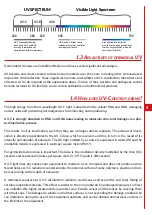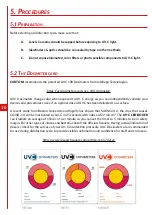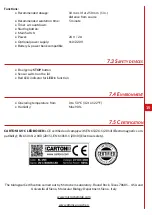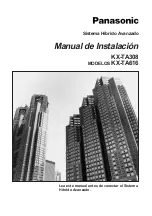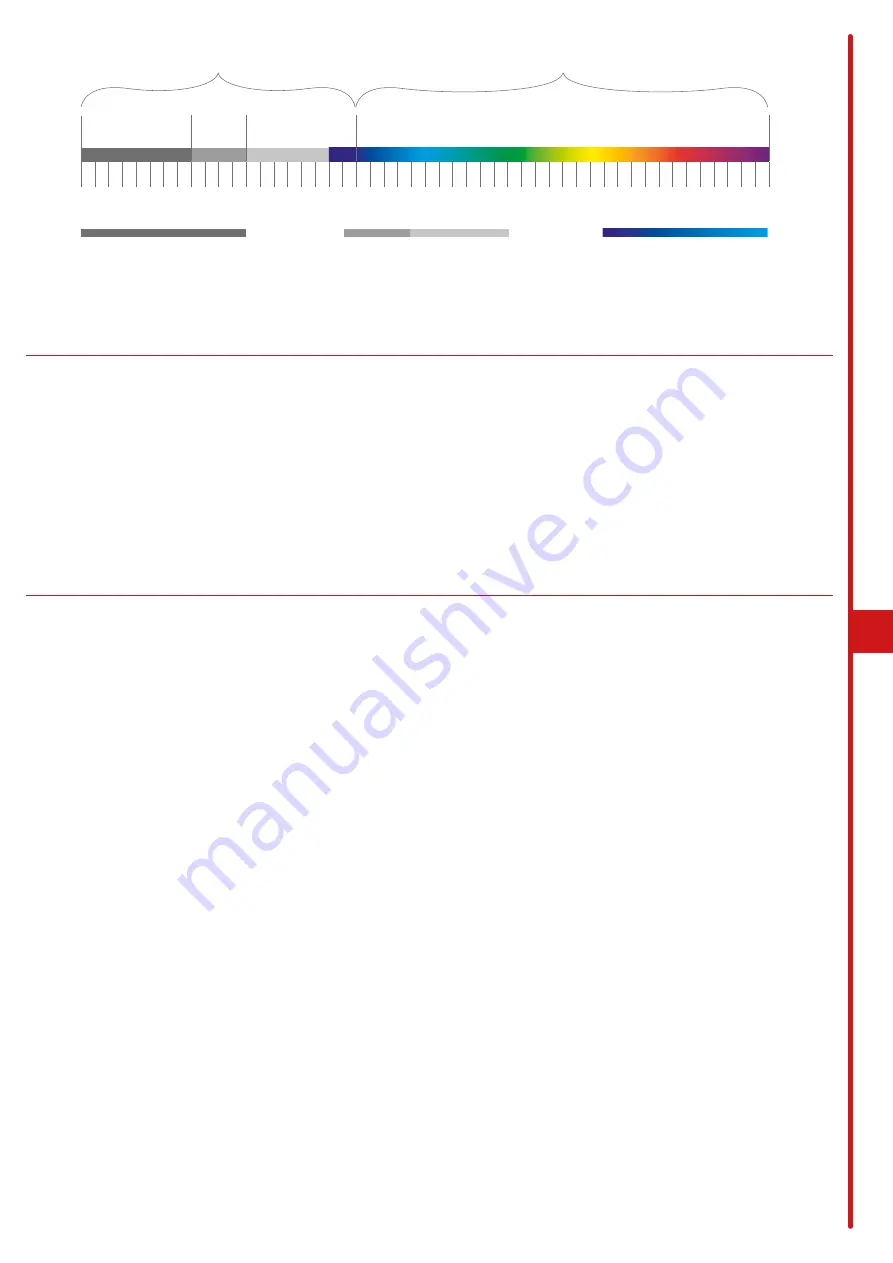
5
1.3 A
dVAntAges
of
germICIdAL
uV
Germicidal UV lamps are incredibly effective and have several significant advantages.
All bacteria and viruses tested to date (many hundreds over the years, including other coronaviruses)
respond to UV disinfection. Some organisms are more susceptible to UV-C disinfection than others, but
all tested so far do respond at the appropriate doses. On top of that, bacteria and pathogens cannot
become resistant to UV like they can to certain antibiotics and antibacterial products.
1.4 h
oW
does
uV-C
destroy
germs
?
The high energy from short wavelength UV-C light is absorbed in the cellular RNA and DNA, damaging
nucleic acids and preventing microorganisms from infecting and reproducing.
UV-C is strongly absorbed by RNA and DNA bases leading to molecular structural damage via a pho-
to-dimerization process.
This results in virus inactivation, such that they are no longer able to replicate. The amount of inacti-
vation is directly proportional to the UV-C dose, which is received, and this, in turn, is the result of its
intensity and duration of exposure. The UV light emitted by a source is expressed in watts (W) and the
irradiation density is expressed in watts per square meter (W/m
2
).
For germicidal action dose is important. The dose is the irradiation density multiplied by the time (t) in
seconds and expressed in joules per square meter (J/m
2
) (1 joule is 1W·second).
UV-C light does not expose your equipment to moisture, heat, chemicals and does not produce ozone.
Nevertheless, UV-C radiations can deteriorate the external surface of some polymers, plastics and rub-
bers according to the length of exposure.
A reiterated exposure to UV-C disinfection radiation could cause surface brittle and color fading of
certain composite materials. This effect is similar to the one produced by prolonged exposure to direct
sun radiation. We highly recommend you protect your Camera sensor and the lenses by covering them
with their caps. The damage on plastic and rubber surfaces is not exceeding the damage produced by
sun irradiation during the use of the equipment outdoors and can be defined normal wear and tear in
the lifetime of the equipment.
200
UV-C
UV-B
UV SPECTRUM
Visible Light Spectrum
UV-A
280
320
400
700
UV-C causes phochemical
reactions in DNA and RNA
resulting in inactivation of
microbes and failure to reproduce.
UV-B and UV-A light causes
oxidation of proteins and lipids
resulting in cell death.
Blue light inhibits bacterical
growth by prompting generation of
reactive oxygen species, which are
toxic to bacterial cells.
Содержание UV-C BOXER
Страница 6: ...6 2 Component list...





